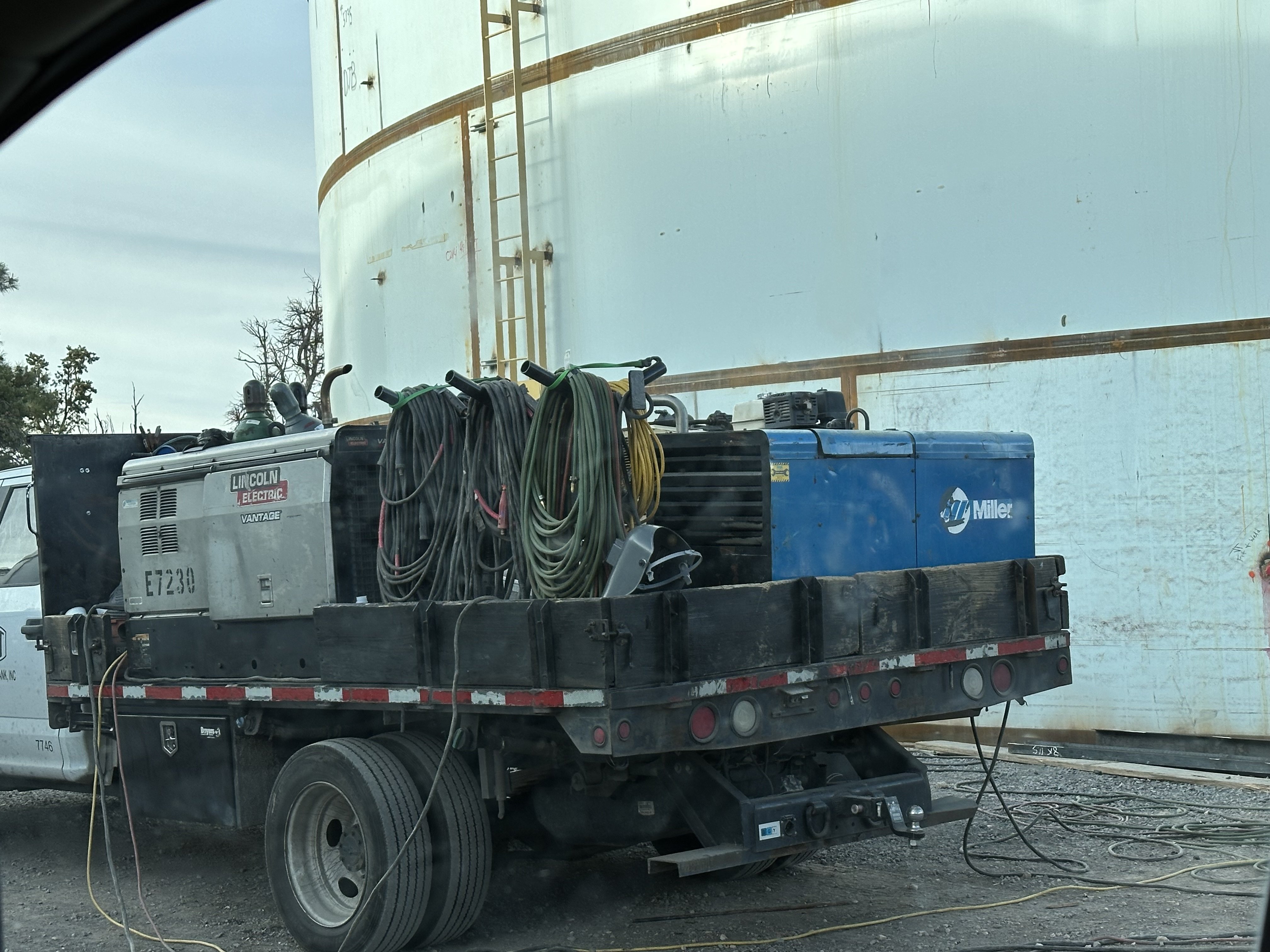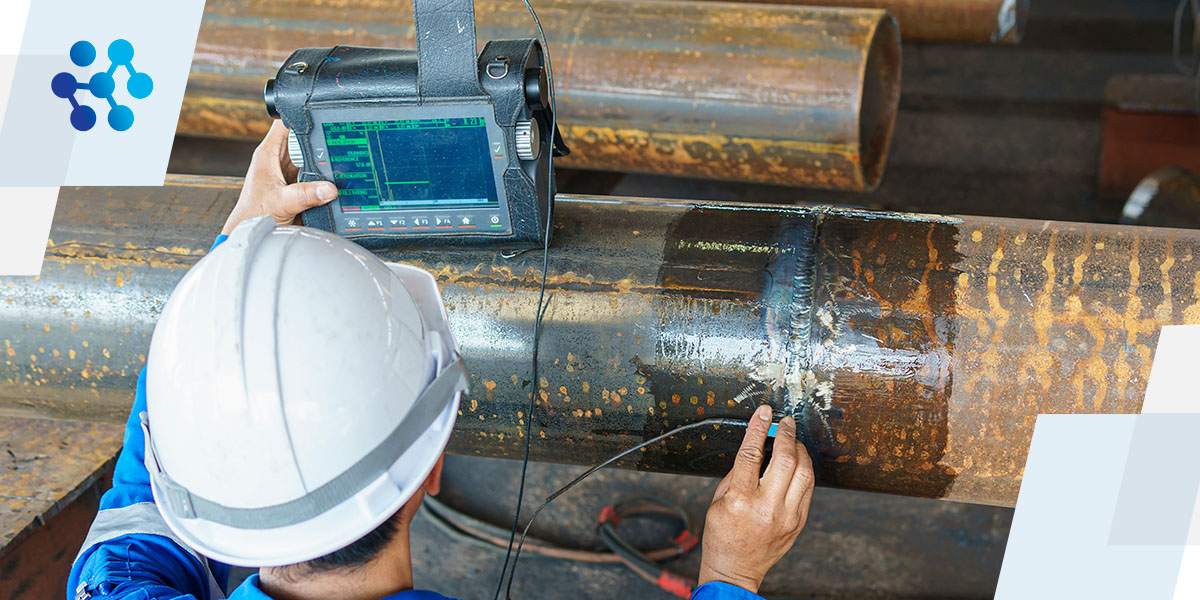Comprehensive Guide to Effective Container Welding Evaluation Techniques and Finest Practices for High Quality Guarantee
In the world of storage tank welding, rigorous assessment methods are paramount for securing architectural stability and making sure conformity with sector policies. This overview offers an organized strategy to different assessment methods, including visual assessments and non-destructive testing, which play a vital function in discovering defects before they intensify into major issues. Additionally, the relevance of thorough documents and the application of continuous renovation techniques can not be overstated. As we explore these essential parts, it comes to be clear that a positive evaluation approach is not just valuable, but vital for functional success in settings managing harmful materials.
Importance of Storage Tank Welding Evaluation

Container welding evaluation acts as a preventative measure, determining potential flaws such as splits, porosity, or improper joint penetration prior to they rise into severe concerns. Regular assessments not just follow market policies and criteria but likewise boost the longevity of the storage tanks, minimizing the need for expensive repair services or replacements.

Visual Examination Strategies
Employing systematic visual evaluation strategies is crucial for examining the quality and stability of welded joints in storage tanks. This technique functions as the first line of defense in identifying possible problems such as splits, damages, and insufficient penetration. The assessor should come close to the task with an eager eye, using ideal devices like multiplying glasses, flashlights, and mirrors to boost presence.
During the inspection procedure, the inspector ought to review the weld account, ensuring it sticks to defined standards and standards (Tank Welding Inspection). This includes taking a look at the grain width, height, and blend with the base material. Inspectors should additionally pay close interest to the surrounding areas for indicators of thermal distortion or contamination that may affect the weld's efficiency
Paperwork of findings is important; assessors must tape-record any abnormalities, categorizing them by severity for more assessment. This systematic technique not only help in instant defect identification however additionally adds to long-term quality control by ensuring compliance with industry requirements. Regular training and calibration of visual inspection techniques even more improve the dependability of analyses, eventually leading to much safer and more durable container structures.
Non-Destructive Checking Methods
Non-destructive screening (NDT) methods are often used in tank welding assessments to evaluate the honesty of welded joints without jeopardizing their architectural integrity. These methods are essential for identifying issues such as cracks, spaces, and incorporations that can result in tragic failures if left unnoticed.
Common NDT techniques consist of ultrasonic testing (UT), which uses high-frequency audio waves to discover inner flaws; radiographic testing (RT), using X-rays or gamma rays to picture weld frameworks; and magnetic fragment testing (MT), which exposes surface and near-surface suspensions in ferromagnetic materials (Tank Welding Inspection). Fluid penetrant testing (PT) is likewise commonly utilized, capable of identifying surface-breaking issues by applying a fluorescent or shade contrast color
Each NDT approach has its specific applications and benefits, making it vital for inspectors to pick the ideal strategy based on the material and the sort of weld being examined. The combination of these NDT approaches into the examination procedure boosts the total quality guarantee framework, ensuring that welded containers meet safety and efficiency requirements. Eventually, NDT plays a vital duty in preserving the honesty and durability of container frameworks in numerous commercial applications.

Documentation and Reporting
Making sure complete documents and coverage throughout storage tank welding inspections is crucial for preserving compliance with industry standards and helping with efficient interaction among stakeholders. Proper paperwork offers as a comprehensive record of examination tasks, findings, and any type of rehabilitative activities taken throughout the welding process. This information is necessary not only for quality control but additionally for audits and governing evaluations.

A well-structured examination record must include information such as the day of evaluation, names of inspectors, welding treatments utilized, materials utilized, and any inconsistencies from developed requirements. Additionally, pictures and representations can enhance the quality of click resources the report, providing aesthetic context to the findings. It is additionally essential to record any type of non-conformities together with their resolution, guaranteeing that all stakeholders are educated of prospective threats and the steps required to alleviate them.
Furthermore, keeping a centralized data source for all evaluation records permits for simple access and review, promoting a society of transparency and liability. By prioritizing careful documents and coverage, organizations can not just copyright quality control however also strengthen their track record read more within the industry, eventually bring about improved safety and operational effectiveness.
Continuous Renovation Practices
Constant improvement practices are important for enhancing the quality and efficiency of tank welding inspections. One reliable approach entails routine training and upskilling of assessment workers to stay abreast of the latest welding innovations and standards.
Moreover, utilizing data-driven evaluation permits companies to track examination outcomes, identify fads, and identify areas for improvement. Employing devices such as source evaluation can assist in understanding the underlying concerns bring about problems, allowing targeted interventions. Additionally, obtaining comments from inspection teams and stakeholders creates a collaborative setting that motivates cutting-edge options.
Integrating innovative innovations, such as automated examination systems read more and real-time tracking, can considerably boost the accuracy and rate of evaluations. Routine audits of the examination procedures additionally contribute to a society of accountability and constant refinement. Eventually, these continual enhancement techniques not just boost the high quality of container welding evaluations yet also add to overall operational quality and client satisfaction.
Verdict
In final thought, reliable tank welding examination is crucial for making sure the structural stability and safety and security of storage systems, especially those managing hazardous materials. Using a combination of visual assessment techniques and non-destructive testing techniques promotes the very early identification of issues, therefore maintaining compliance with market criteria. In addition, robust documentation and a commitment to constant enhancement boost quality control methods. Eventually, these actions add dramatically to operational quality and the prevention of potential security hazards.